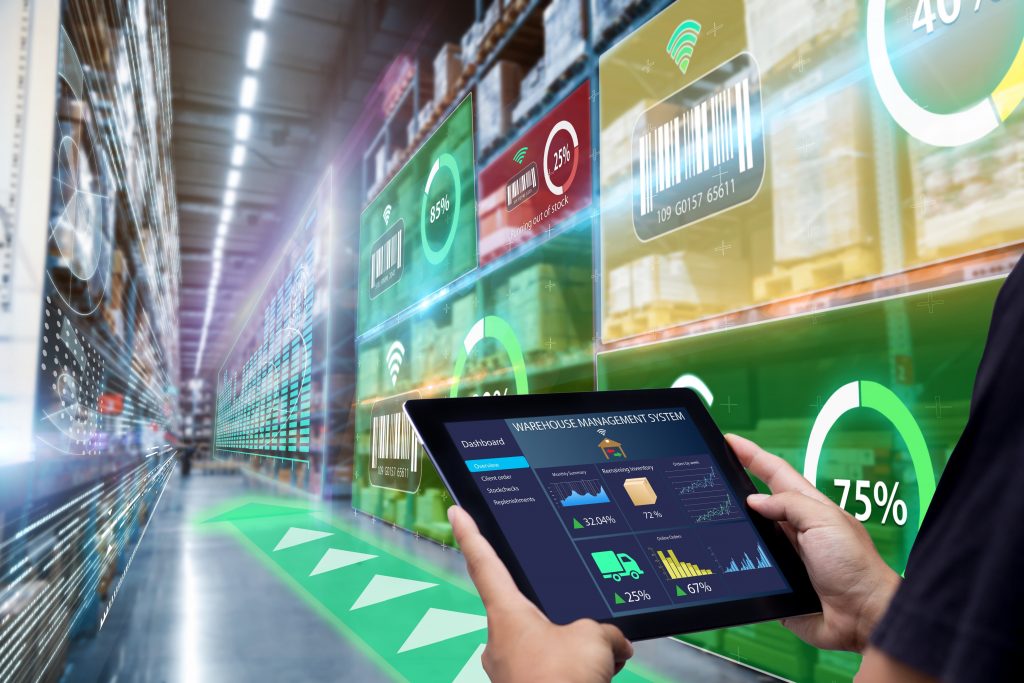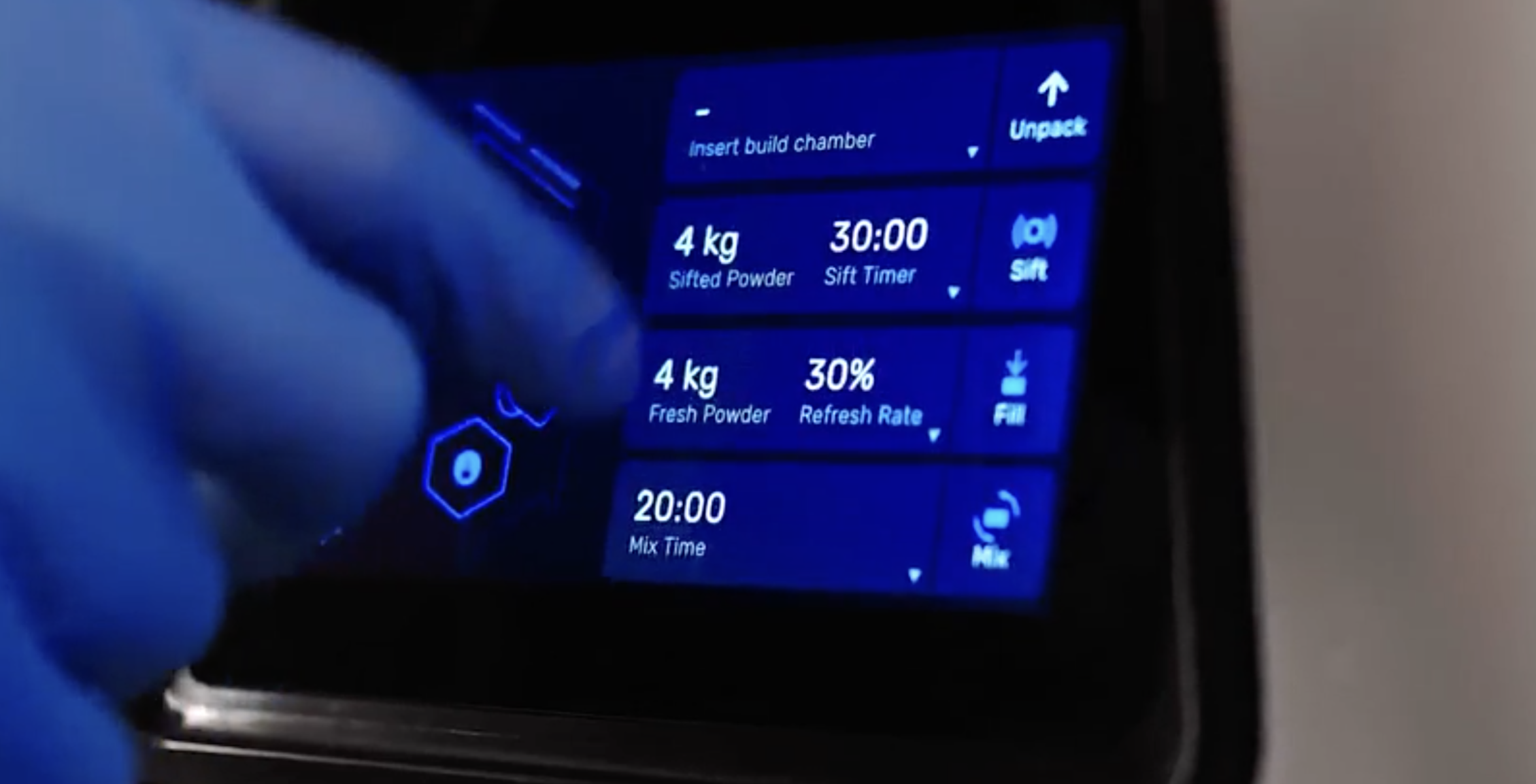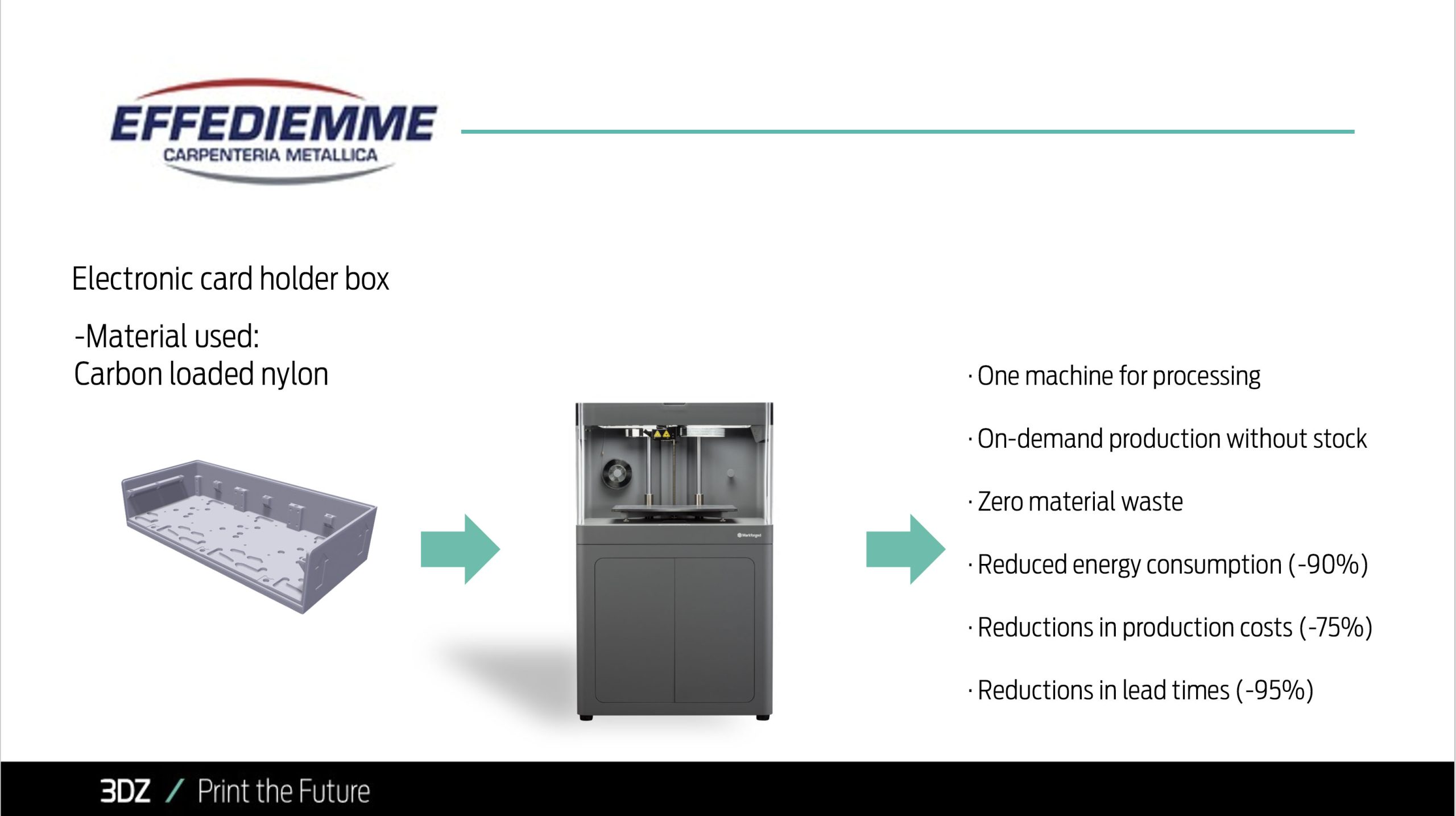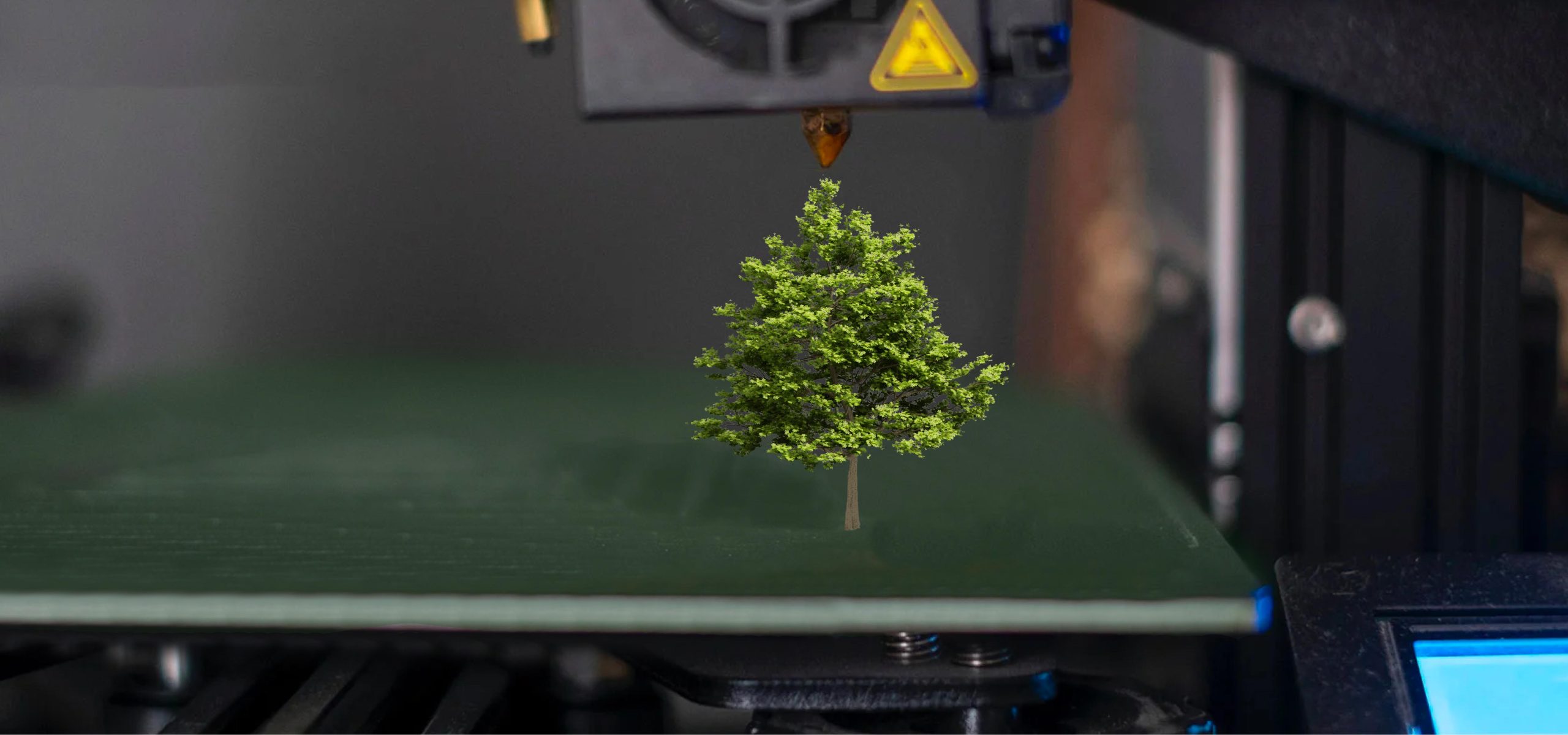The impact of 3D printing on the sustainability of production and logistics processes in the manufacturing sector
The topic of the impact additive manufacturing can have on a company’s production processes in the manufacturing and industrial sector is increasingly discussed and more topical than ever. How to improve production and logistics efficiency while respecting the environment?
Because of its characteristics, 3D printing allows for positive changes in economic and environmental sustainability throughout the supply chain, making production processes more efficient and reducing waste.
At the same time, the decision not to adopt this type of system poses a risk for companies that prefer to remain tied only to traditional production systems such as machining centers and injection molds. 3D printing in this area is used not as a complete replacement for a mold or CNC machine but as a complementary tool that allows for parts that would not be cost-effective or would impose great waste of resources with other production processes.
Indeed, with additive manufacturing processes, material waste can be minimized and layer-by-layer deposition can be leveraged to generate the minimum number of substrates necessary for successful design.
Following are the main features of manufacturing processes that impact sustainability and the strengths of 3D printing as a complement to traditional manufacturing techniques.
The 5 advantages of 3D printing according to the Polytechnic University of Milan
In a research conducted by Alessio Ronchini, a doctoral student in the Faculty of Management Engineering at the Politecnico di Milano, it is possible to see which areas are most impacted.
The research focused on collecting the views of 100 experts in the application of additive manufacturing in companies in the industrial sector.
In this way, it was possible to get a complete picture not only of the current state but also of their expectations for the evolution of manufacturing processes.
The most important aspects to consider according to the research participants are:
- The reduction of inventories in stock
- The reduction of CO2 emissions
- The optimization of materials used
- The limitation of production waste
- The change in energy consumption


The reduction of inventory in stock
3D printing makes it possible to digitize the production and warehousing of components needed to maintain production processes in the company.
By having a library of 3D designs in STL format ready to be printed according to market demands, companies can avoid stocking inventories of physical objects.
This can limit management costs and logistical effort by simplifying their warehouse handling procedures.
The reduction of CO2 emissions
In order to get the manufactured items from the production locations to the distribution points, it is necessary to resort to wheeled, sea or air transportation.
By having printers located so as to cover company locations, it is possible to locate the production of various parts skipping all transportation by simply sending the required file.
This advantage is even more important in case it is necessary to purchase parts made in foreign countries.
The optimization of the materials used
By optimizing material consumption, the amount of raw material used can be reduced.
There are several cases of companies that have been able to greatly reduce the material consumed by achieving percentage savings of 80 percent.
This kind of advantage can be achieved by taking advantage of the features of additive manufacturing, making use of designs designed specifically for additive manufacturing such as, for example, latex structures that feature hollow spaces and optimize material deposition based on structural needs.

The limitation of production waste
3D printing generally ensures that it minimizes waste associated with material removal manufacturing such as scrap present in turning and milling processes since material is added where it is needed rather than removed from a solid block.
This benefit is maximized when using a powder printer that takes advantage of SLS technology since in this case it is not necessary to provide for the use of material to make substrates during the printing phase.
This feature, combined with the reuse of the powder already used, allows for almost zero material waste.
A different energy consumption
Every manufacturing process requires the consumption of electricity in order to operate the machines used in production processes. Nowadays, there are several scalable and reliable 3D printing technologies that can be competitive in terms of power consumption with the most up-to-date machining centers. There are instances where power lasers are applied to melt materials, but in most cases, particularly energy-intensive temperatures and light sources are not reached.
As a rule to follow, one must evaluate on a case-by-case basis according to the technologies and materials used.
To get a complete idea of the current costs that companies incur along the entire production chain, the experts contacted for the Milan Polytechnic study recommend also considering the costs for the production of equipment, molds and prototypes in order to have as complete a view as possible.
Companies in possession of a 3D printer can find important conveniences since having in-house operators skilled in designing and modifying 3D files makes it possible to modify the 3D designs of objects in the process, avoiding the need to modify equipment after it has been produced. A prime example is injection molds: having to reproduce a new mold to correct manufacturing errors imposes very high energy costs.

The case of EFFEDIEMME metal carpentry
The case of EFFEDIEMME metal carpentry sums up very well the weight of the impact a printer can have on the production of an object.
EFFEDIEMME needs to make boxes to hold electronic boards. Previously they made them from sheet metal through traditional processing such as bending and cutting.
By inserting a Markforged X7 printer, they found several advantages:
The fact that one machine can perform the functions of so many other machines previously used has resulted in
-The elimination of the stockpile of semi-finished products.
-The lowering of material waste,
-The reduction of energy consumption by 90%.
-The reduction of production costs by 75% reaching 41 euros of production cost per box
-The reduction of production time by 95%.
In addition to this, by only needing the raw material, such as powders, resins and filaments, to print the object, it is possible to simplify the supply chain and by reducing the number of suppliers making it easier for manufacturers to deal with fewer stakeholders and to handle fewer orders.


3DZ, an experienced partner
Want to learn more about the potential of 3D printing to improve your company's sustainability?
One of our 3D printing experts will conduct a no-obligation analysis of your needs.


